an exhibition of artworks on loan from Madrid, Spain from the Museo del Prado
https://www.museodelprado.es/en/whats-on/exhibition/ages-of-splendor-a-history-of-spain-in-the-museo/91d8cb67-f77a-c8b8-fc6e-029d36a1c1a6
from 23 April 2024 to 1 September, Ages of Splendor. A History of Spain in the Museo del Prado with a selection of 69 works from the collection of the Museo Nacional del Prado. Through its eleven rooms visitors are introduced to Spain’s social and political evolution over more than 400 years, from the reign of Charles V to the start of the 20th century, with several different artistic genres presented and explained such as mythology, still life and religious painting. The exhibition is completed with the loan of the Prado’s version of the Mona Lisa (18th c) and features many other works from renown artists such as Titian, Veronese, Rubens, Goya, and so on.
https://www.chinadaily.com.cn/a/202403/15/WS65f3fa5aa31082fc043bce26.html
https://www.museodelprado.es/en/whats-on/new/the-museo-del-prado-arrives-in-china-with-the/520c4021-f40e-2dc1-6280-d729a333abb9
KEY PERIODS:
1788-1808 CHARLES IV of SPAIN
1808 - 1813 Napoleonic rule of Spain
Prado's Mona Lisa
RELIGIOUS ART
In 17th century Spain, realism started to emerge in religious artworks. Painters basing their work on real life model to make their paintings more realistic and true. In order to revitalise the Catholic Church, painters and sculptors worked together in an attempt to make the sacred as realistic and accessible as possible. This realism was quite unlike any other developing in Europe. The church encouraged a style of the art that was clear for the viewer to understand and therefore effective communication of its tenets. It is for this reason that religious art of this period is associated with the notion of persuasion, or, that its message should convince the laity of the church’s authority and importance.
The Aranjuez Immaculate Conception
by renown artist Bartolomé Esteban Murillo best known for his religious baroque works, Murillo also produced a considerable number of paintings of contemporary women and children。
Francisco de Zurbarán (1598–1664) was one of the great painters of religious imagery in seventeenth-century Spain. He produced many simple yet powerful images of saints and their lives commissioned by monastic orders in Seville.
Francisco de Goya (1746–1828)
At the age of forty, Goya was appointed painter to King Charles III, and, in 1789, he was promoted to court painter under the newly accessioned Charles IV (r. 1788–1808). he is well known for his religious painting, royal family painting and his collection of artwork of the Napoleonic war and invasion of Spain. He was unfortunately left deaf after an illness in 1795 yet continued painting though his art began to take on a new character, which gave free expression to the observations of his searching eye and critical mind and to his newly developed faculty of imagination. .



Bartolmie: The virgin and child
the inquisition

Francisco de Zurbarán 1635 "COLOSSAL HEAD" (Baroque period)
known primarily for his religious paintings depicting monks, nuns, and martyrs, and for his still-lifes. This huge oil painting is believed to be of a giant.


A POSTHUMOUS piece by Flemish Baroque artist Peter Paul Rubens of Phillip II on horseback. This is an equestrian portrait which shows the subject on horseback, suggesting a high-status sitter, (monarch or nobility) containing a suggestion of chivalr, directness and sense of contained power: the battle in the background is a reminder of great leadership in battle and heroism (though in this painting it is purely fictitious). It is based on 2 pieces, an equestrian tapestry image of Charles V by Jan Cornelisz and a portrait of him in armor by Titian (also in the Museo Prado)
https://www.museodelprado.es/en/the-collection/art-work/philip-ii-on-horseback/4feb537d-e140-4580-8b32-f3e95e73a09d
EL GRECO (the young man / Caballero Joven)

ROYAL PATRONAGE. PORTRAITS OF THE ROYALS AND NOBLES

NEOCLASSICAL
Velaquez: la Fuente de los Tritones, The Fountain of the Tritons (Madrid palace gardens)
Antonio Carnicero - Ascent of the Monsieur Bouclé's Montgolfier Balloon in the Gardens of Aranjuez by 1784Showing people of all standing, minoirties (gypsies) nannies, lords and ladies, the king, bishops and royal family all crowed to see the flight of the first hot air balloon
PORTRAITURE
Francisco de Zurbarán (1598–1664)
ROYAL FAMILIES and aristocrats
Greek and Roman influences
TITAN, year 1555:
Venus with an Organist and Cupid. one of five nude Venus themed pieces by Titian with a musician playing to her whilst she is distracted by a cupid or a dog.







































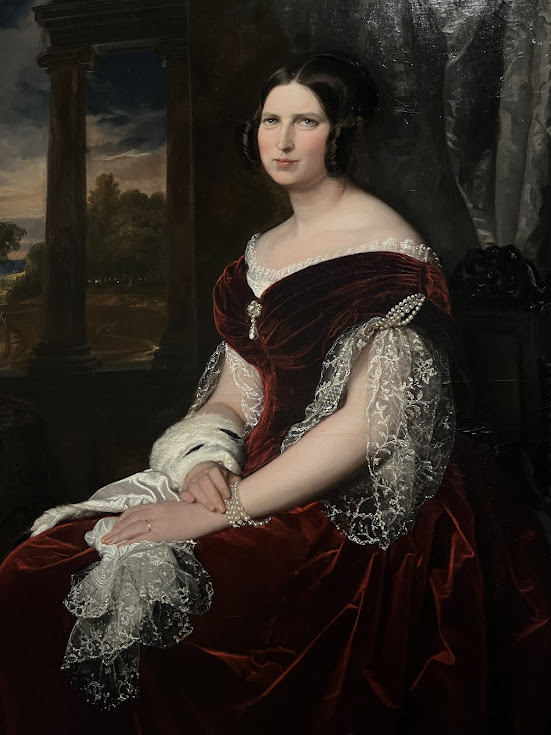














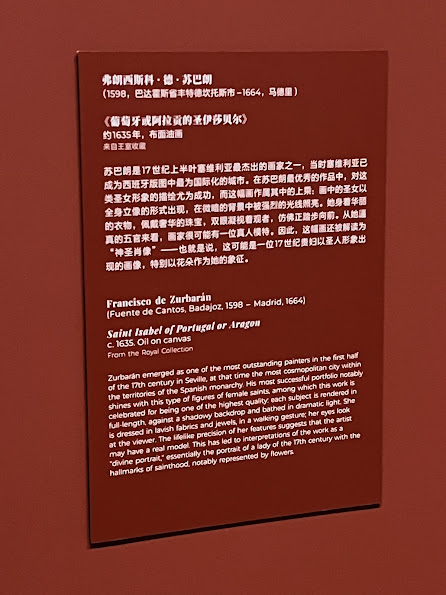














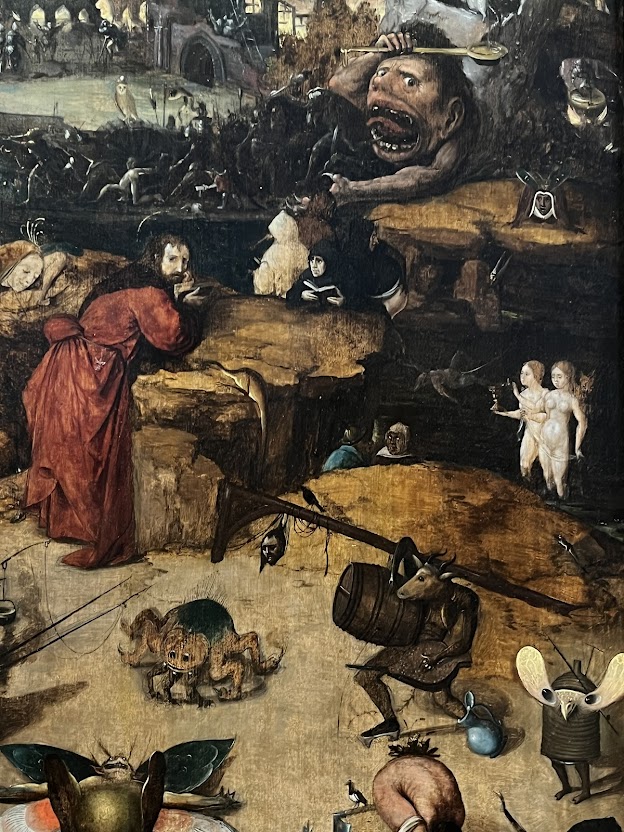

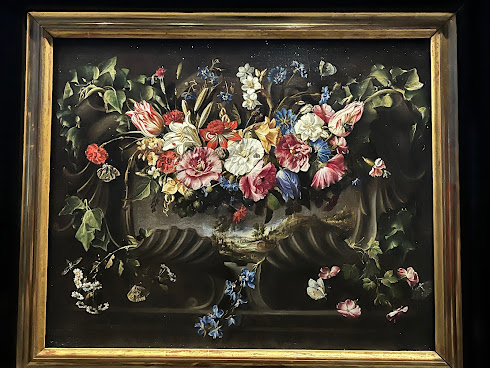









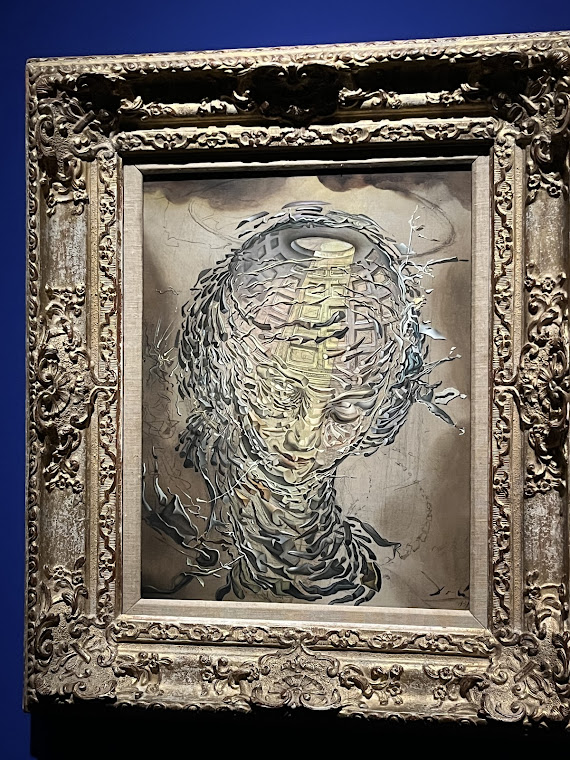

No comments:
Post a Comment